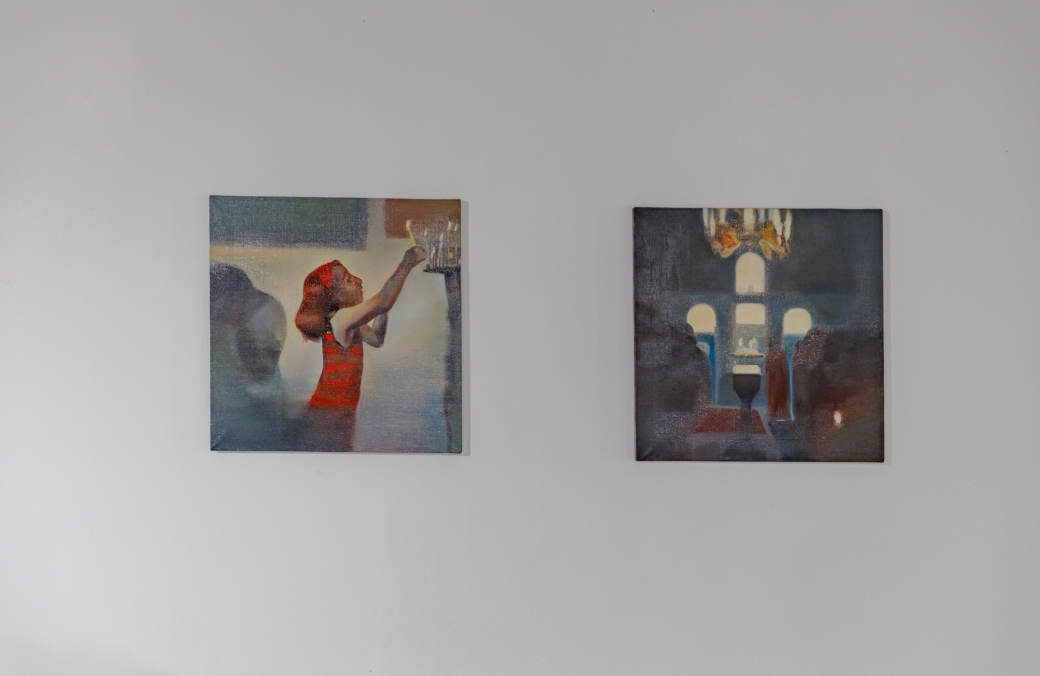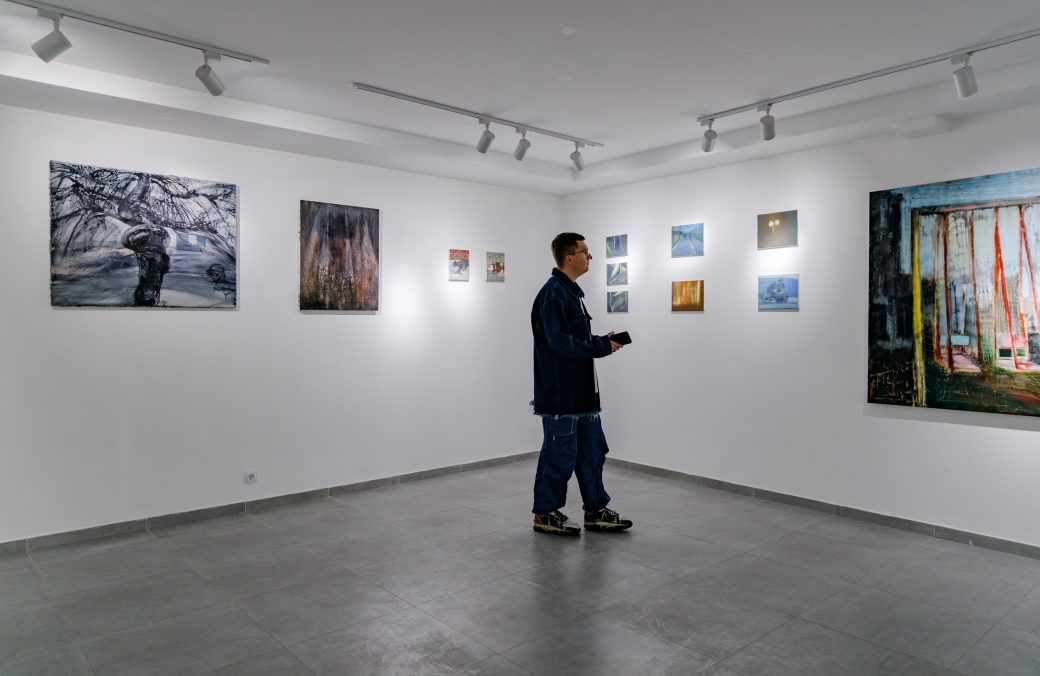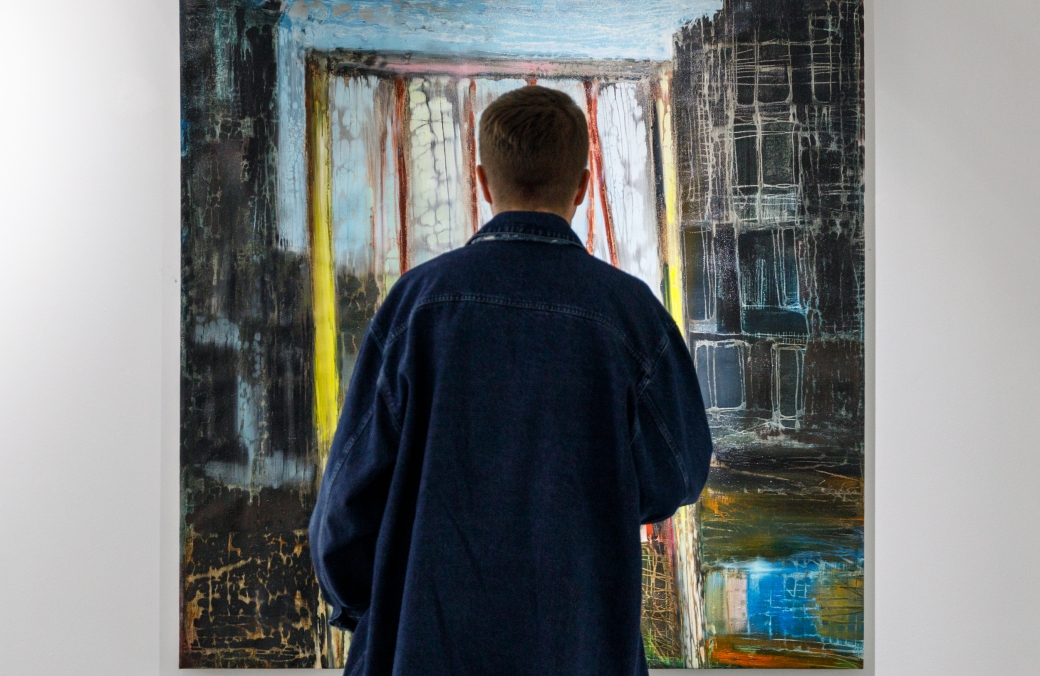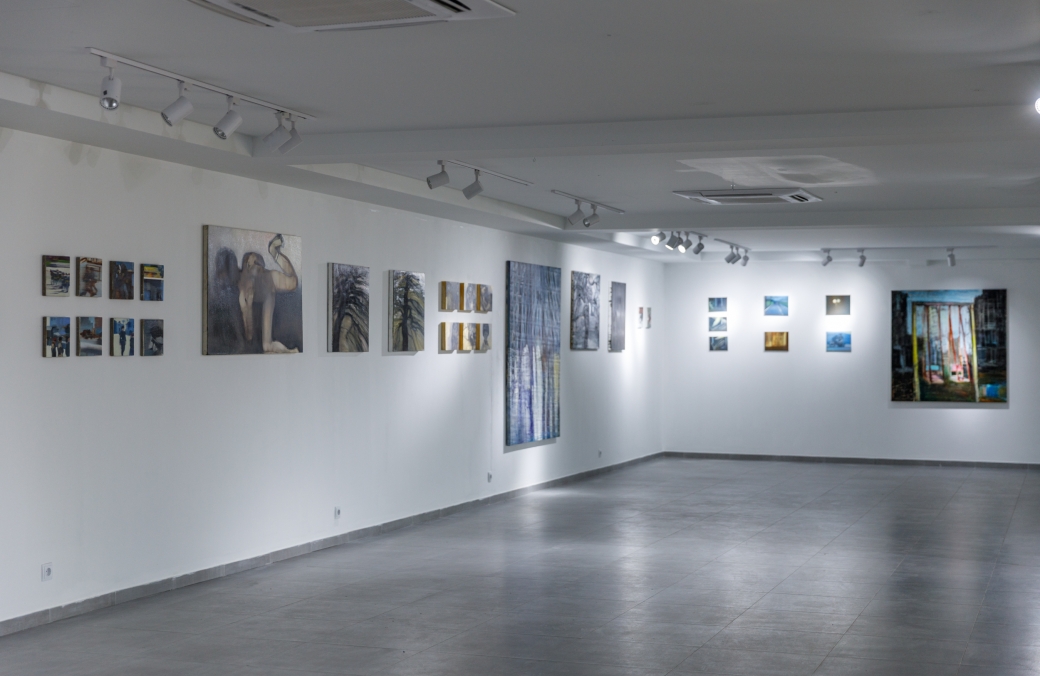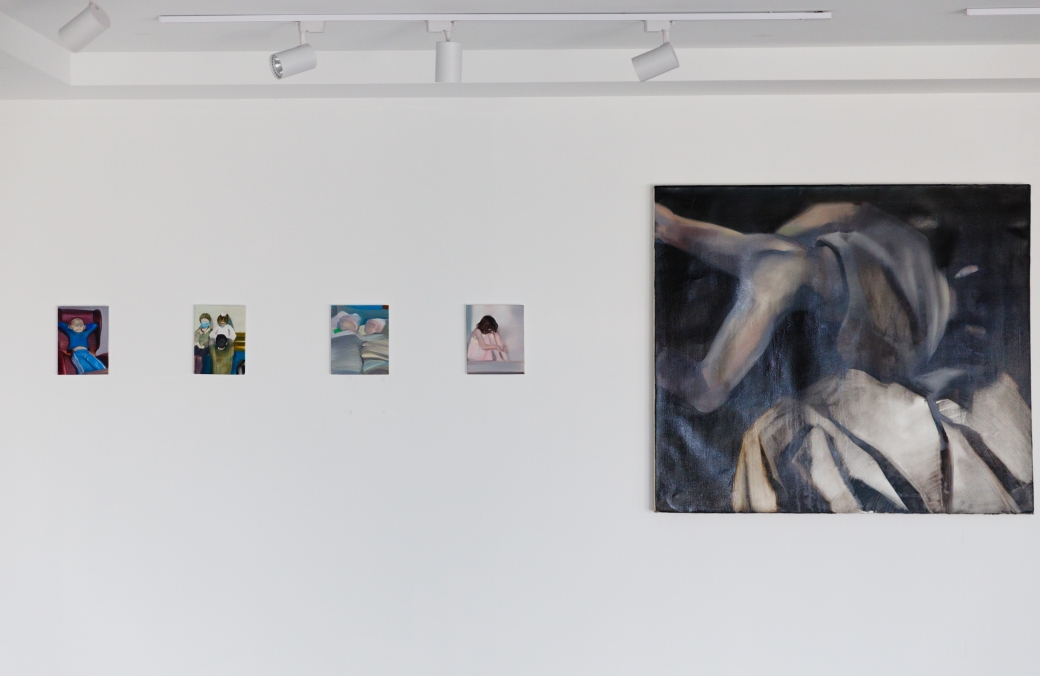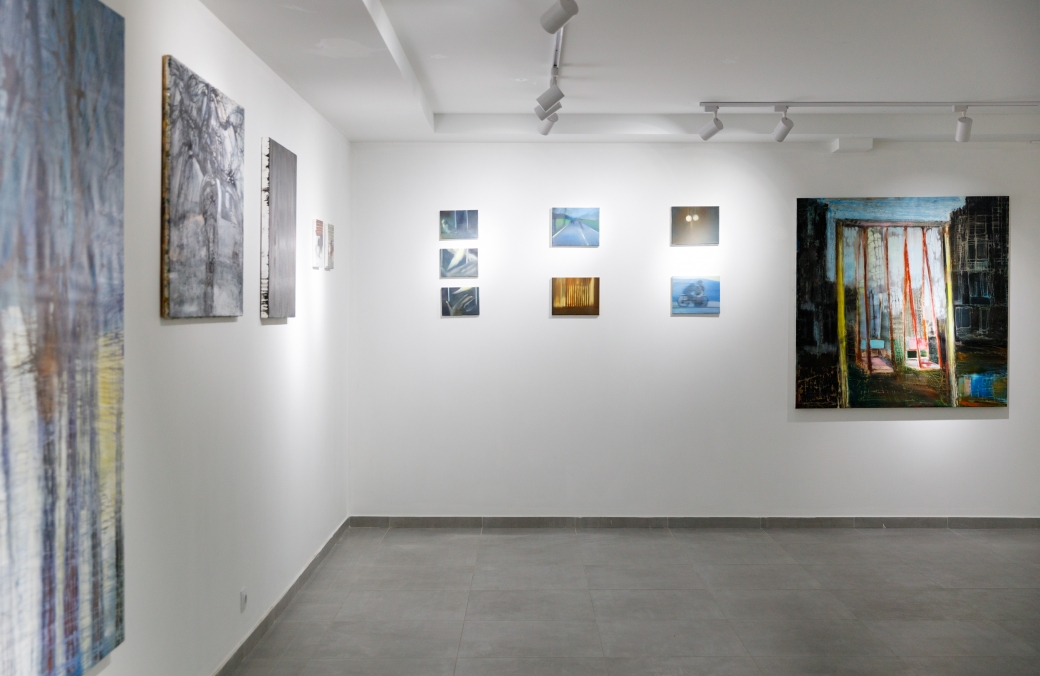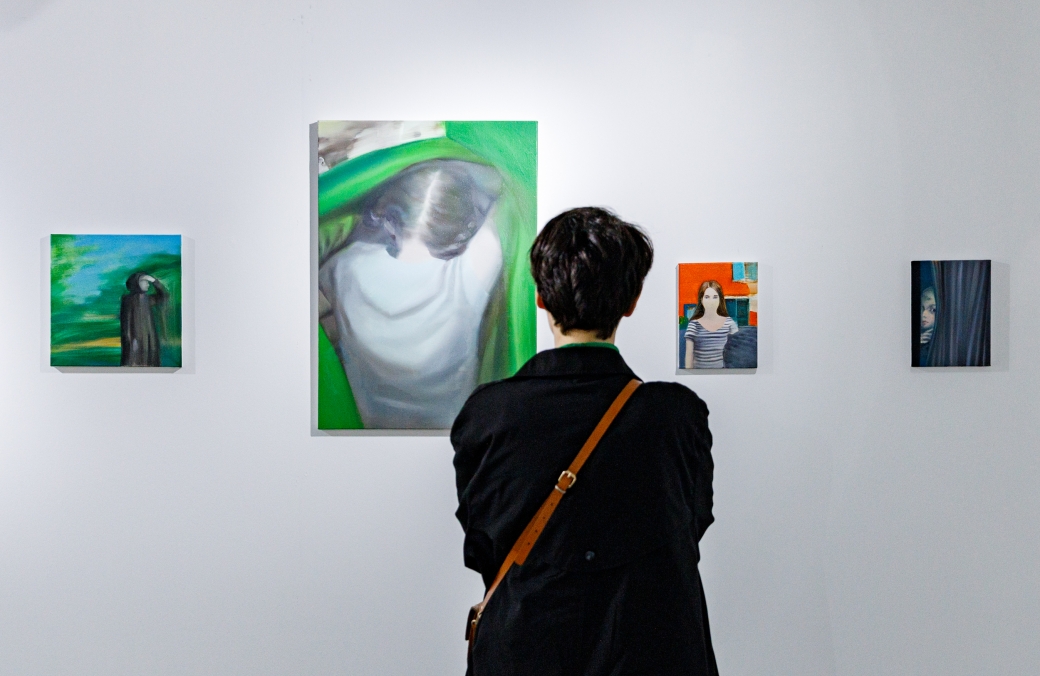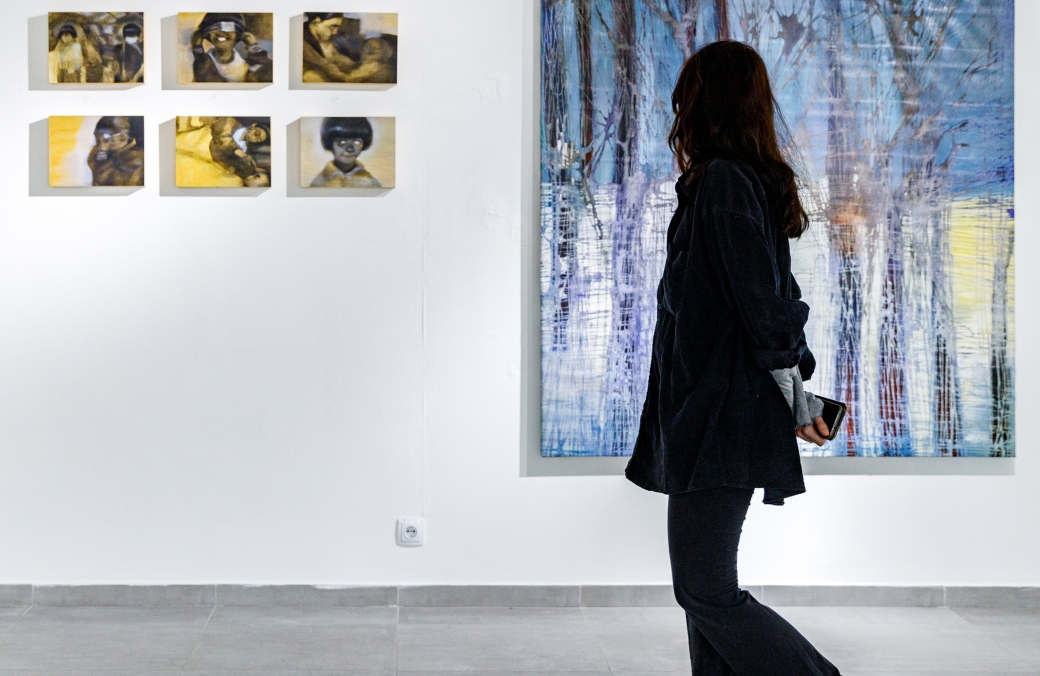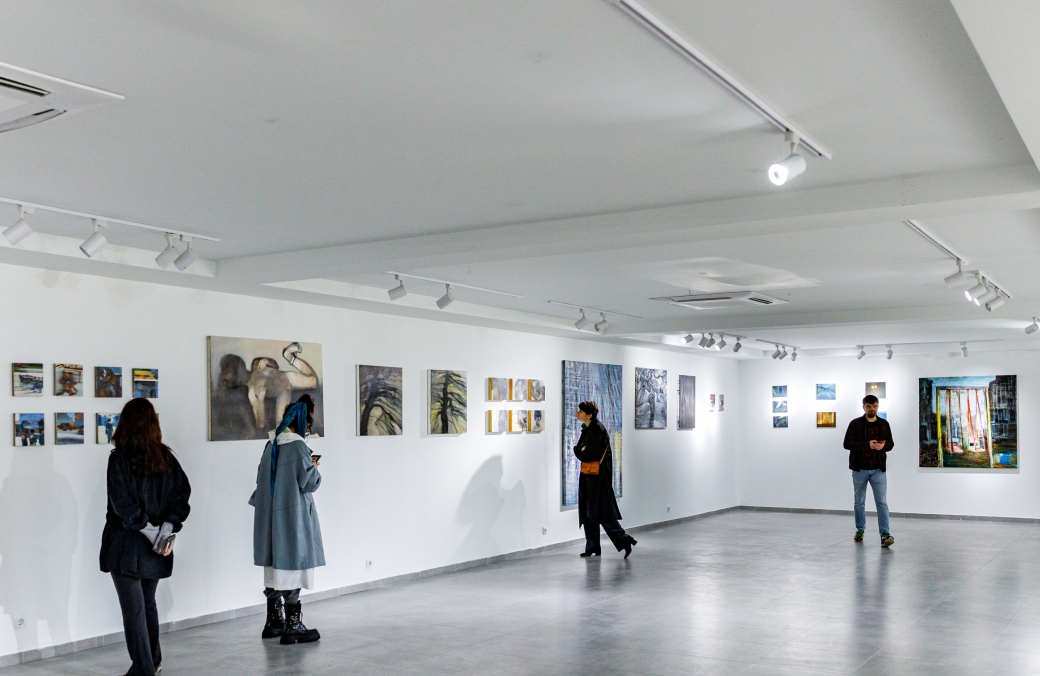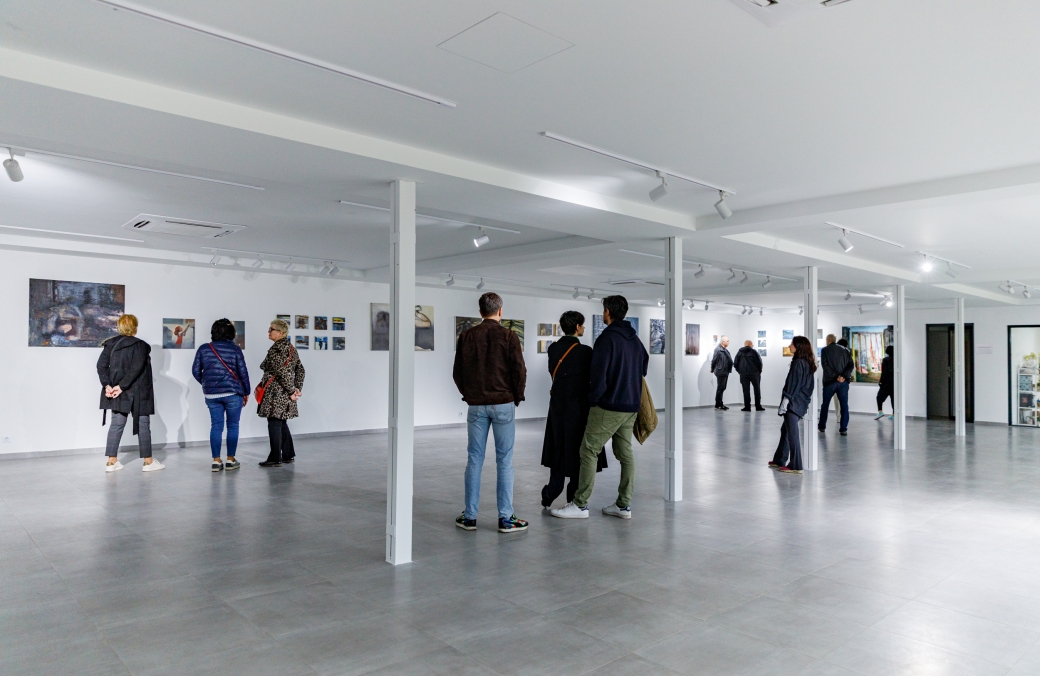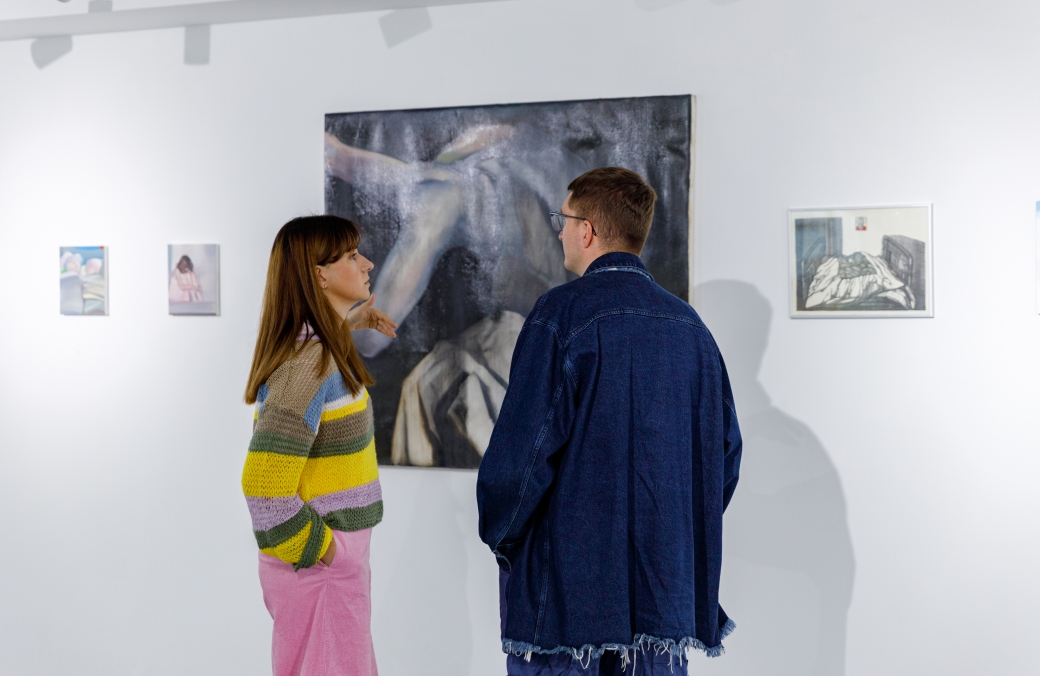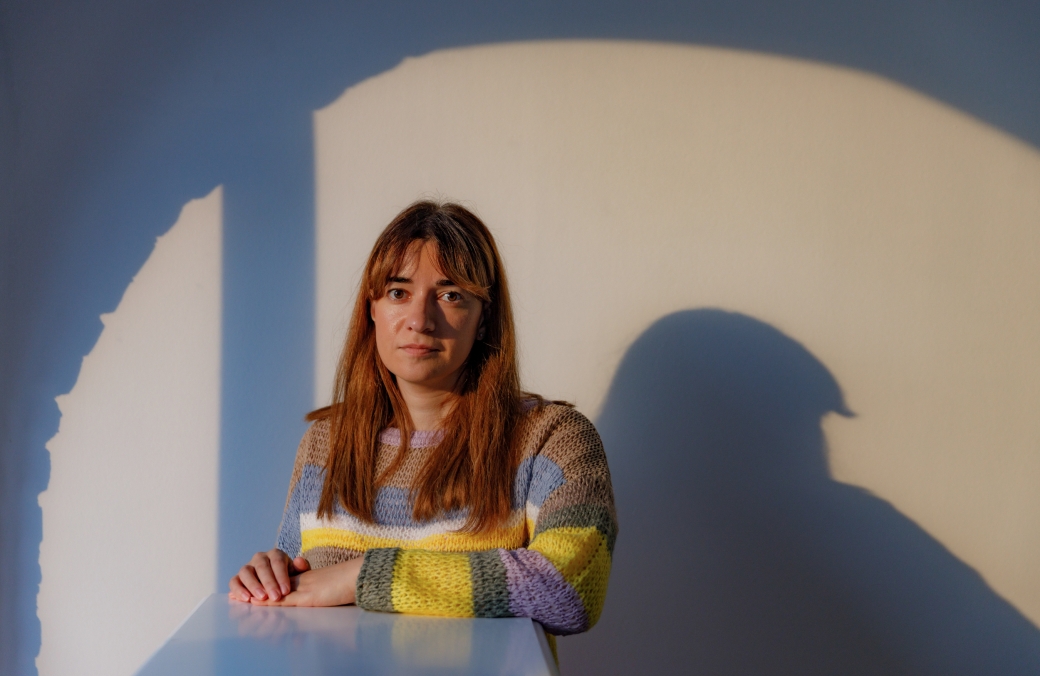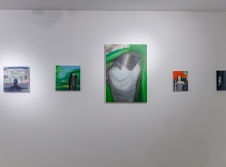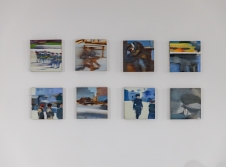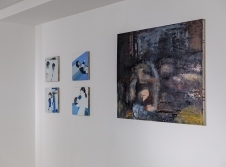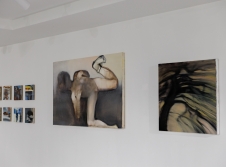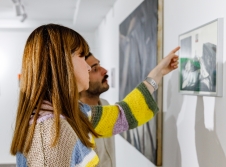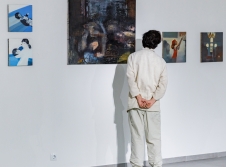News
15 ოქტომბერს ამბასადორი კაჭრეთში Ria Keburia Foundation-ის გალერეაში გაიხსნა თეონა იამანიძის გამოფენა "ქვიშის მარცვალი".
გამოფენა წარმოადგენს ხელოვანის, როგორც ემიგრანტი ქართველი ქალის, პირადი გამოცდილების გაერთიანებას იმ კოლექტიურ მწუხარებასთან და ტკივილთან, რომელსაც ამჟამად განვიცდით უკრაინაში რუსეთის შეჭრისას დატრიალებული საშინელი ტრაგედიის გამო.
ნამუშევრების მთავარი თემა დაკარგვაა, თუმცა ეს უფრო ფართო ტერმინია, რომელიც განსაზღვრავს არა მხოლოდ ფიზიკურ, არამედ მეხსიერების დაკარგვასაც და იმის გაცნობიერებას, თუ რა არის რეალური და რა - არა.
თავის უახლეს ფერწერულ ნამუშევრებში თეონა იამანიძე კიდევ უფრო ღრმად იკვლევს მათ, ეგრედ წოდებულ, „ფერწერულ დოკუმენტაციებს“, რომლებიც ომის ფრონტის ხაზიდან აღმოჩენილ ფოტოსურათებზეა დაფუძნებული. ხელოვანის მთავარი ინტერესის საგანია ქალთა და არასრულწლოვანთა მიმართ ძალადობის ფარული ტრამვის ფენომენი, რომელიც ფართო აუდიტორიამდე ვერ აღწევს და უგულებლყოფილია ქართულ საზოგადოებაში არსებული სოციალური ნორმებისა და რელიგიური ცრურწმენების გამო.
დოკუმენტური სურათების დეკონსტრუქციისა და მანიპულირების მეშვეობით თეონა ასახავს პოსტკოლონიალური ეპოქის ცენზურირებულ ისტორიას. ფერწერისადმი ტრადიციული მიდგომის გადააზრების მიზნით ხელოვანი იყენებს კოლაგრაფიული ბეჭდვის ტექნიკას. კოლაგრაფიული ბეჭდვის პრინციპების ზეთის საღებავებთან სინთეზით ხელოვანი ცდილობს, შექმნას ერთგვარი იერარქია გამოსახულებებს შორის. ამ ტიპის ჰიბრიდული ტექნიკა იკვლევს გამოსახულების ნეგატიურ სივრცეს, ბუნდოვან მოხაზულობებს და პირველადი შრეების დეტალებს. ეს შეუმჩნეველი და უგულებელყოფილი ადამიანების პერსპექტივის წარმოჩენის მცდელობაა.
კურატორი: ჯონგვან ჰუ
_____________________________
On October 15th, the exhibition of Teona Yamanidze "The Grain of Sand" was opened in the gallery of the Ria Keburia Foundation in Ambassadori Kachreti Golf Resort.
The exhibition is the unification of the Artist's personal experiences as an immigrant Georgian woman along with the feeling of the collective grief and pain that we all experience now due to the horrific tragedy unfolding during the Russian invasion of Ukraine.
“Loss” is the primary theme cultivated in exhibited paintings. However, here it is more of a broader term that defines not only the physical loss but rather the loss of memory and the awareness of what is real and what is not. In her recent paintings, Teona Yamanidze further explores the reflection of the so-called “painted documentations” of the works based on the found and reportage photography from war zones.
Artist, herself is interested in the phenomenon of hidden trauma of violence against women and minors that is not brought to the audience and has been conceived due to the social norms and religious prejudice in Georgian and other patriarchal communities. Through deconstruction and manipulation of the documentary images, Teona intends to depict the censored history of the postcolonial era. She wants to redefine the traditional approach to painting by applying the collagraph print similarities to the painting process. By combining the principle of the collagraph technique with oil paint the artist tries to build a hierarchy in the image. This sort of hybrid technique examines the negative space, blur, and details of the primary layers in the image. This is an attempt to present the project from the perspective of overlooked and silenced voices.
“Sometimes in cruelty, there is a terribly attractive force of harmony (Goya etching, Henry Fuseli paintings). Sometimes beautiful always hides something terrible and obnoxious (from the smiles on the works of Leonardo my hair stands on end). However sometimes in cruelty, there is only cruelty. I imagined the last self-portrait of Théodore Géricault who died from tuberculosis at the age of 32. There is not the slightest glimmer of hope le t. A dying person finds the strength to peer at the sunken eye sockets, ready to paint the bone pierced into the skin headlong plunge himself still alive, in the warm light of this world. How can a fragile life oppose the triumphant death?”- Teona Yamanidze.
Curated by Zhongwen Hu
 Academy
Academy



